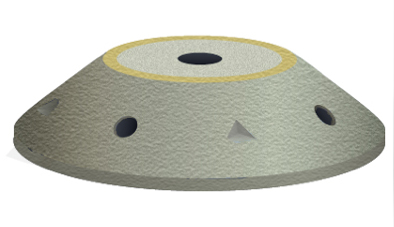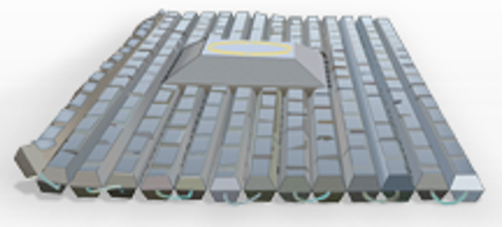Benchmarks on the seafloor or land surface
Seafloor permanent platforms, which secure the same measurement location for time-lapse repeats.



Permanently deployed monuments on the surface serve as foundations for instruments and performing measurements. Benchmarks shall be stable over the lifetime of a project (typically 10-30 years for a gas field).
For the soft clay seafloor conditions often encountered in the North Sea, Quad Geometrics has good experience with conical concrete benchmarks. About 500 such stations have been deployed on the seafloor above 10 fields since 1997 and are still actively in use. The time-lapse accuracy has proven these platforms to be stable within a few mm, with only a handful of exceptions where external forces like possibly trawl doors have disturbed.
The benchmarks in the 80 m deep Sleipner area have experienced scouring and vertical movements of a few cm. Concrete mats with a podium in the centre can provide erosion protection.
On land, well founded concrete benchmarks can serve as instrument platforms in a variety of environmental settings. These can be stable over decades.